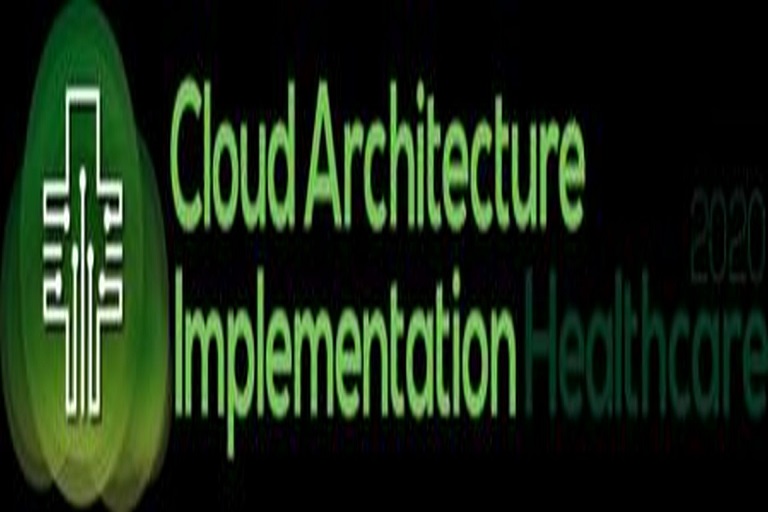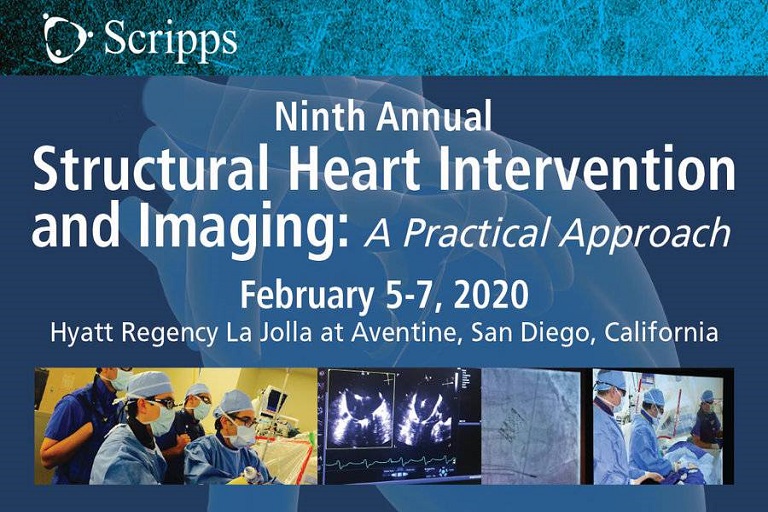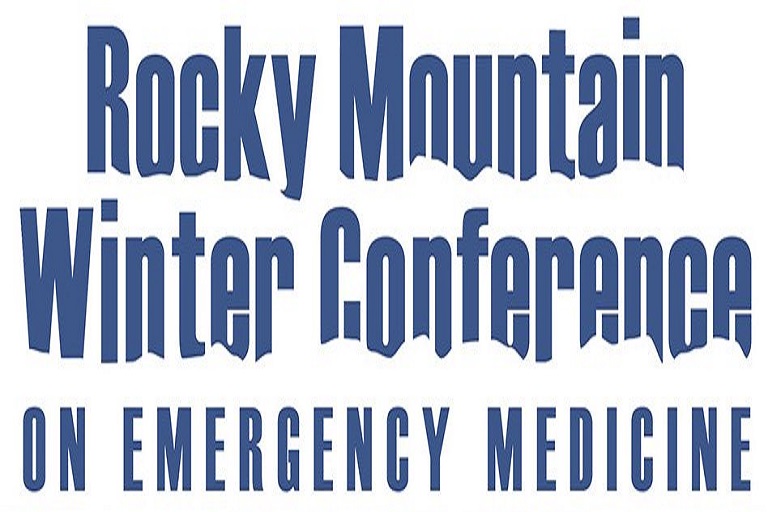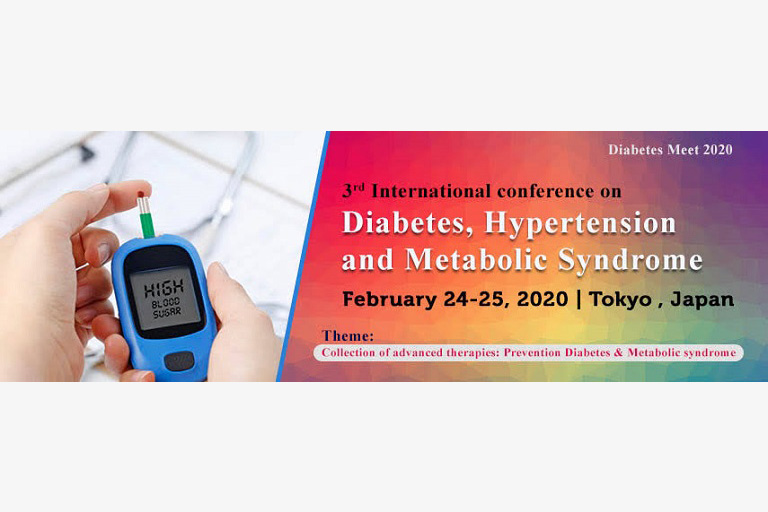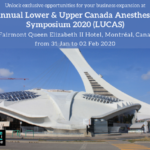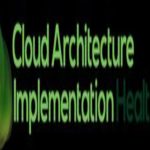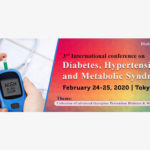A patient’s medical records used to be more or less a closed book. The large, sometimes inches-thick file sitting on the counter in the examination room, which the doctor might refer to but did not discuss with the patient, is a thing of the past.
Medical records files. Creative Commons photo by Doug Waldron via Flickr
Now the patient’s health history is an electronic record, and, starting this year, the federal government requires that health providers give patients access to at least a summary of their full record, known as a personal health record.
Large hospitals are giving patients access to electronic medical records through secure online portals such as MyHealthOnline at Fletcher Allen Health Care or MyDH at Dartmouth-Hitchcock. The electronic records are part of an effort to create more coordinated, “patient-centered” care and greater “patient engagement.” The Centers for Medicare and Medicaid Services wants providers to use information technology as a way to help patients “further their own health care.”
The hope is that online access to medical information will help patients improve health outcomes. The new technology allows patients to keep track of treatment and medication, office visits, immunization records and test results.
The portals are also designed to enhance communication between patients and providers. Early research indicates that a better flow of information between doctors and patients can help patients take more preventive measures, and with more regular follow-up from the provider, establish better health habits. Ultimately, better communication could result in fewer hospital and emergency room visits.
The federal government sees “secure, easy” access to electronic health records as an integral part of involving patients in their medical care.
Under the federal rules, all patients – not just those on Medicare — will have access to electronic messaging and be able to “view online, download and transmit their health information within four business days.” Hospitals have 36 hours after discharge to provide the information to patients.
Dartmouth Hitchcock Medical Center. Photo by Mark Washburn/Dartmouth-Hitchcock
Greg Farnum, who has worked with the federal health IT program in the Office of the National Coordinator for Health Information Technology, puts it this way: “The whole idea behind this measure is to start to enable patients and motivate and include them more actively in their own care. They are the first one who picks out a medication missing from their list or tells their provider they haven’t taken a medication.”
The jury is out, however, on whether enough patients will use the new secure online portals in the way that meets federal guidelines for hospitals and other providers.
Ten percent of patients must enroll and log in to the portals least once within one 90-day period during 2014 under CMS rules.
If hospitals and other providers don’t meet federal requirements under “Meaningful Use” guidelines, the “stick” is decreased Medicare reimbursement starting in 2016.
Build it and they will come?
Most Vermont providers have participated in the CMS program for more than two years and must now meet the federal deadlines for portal utilization. But many are struggling to get patients even to enroll in the programs.
There are no statewide figures yet for how many patients are taking advantage of existing patient portals. At Fletcher Allen, 12,000 patients have signed up so far, though they are not necessarily communicating with their doctor or fulfilling other CMS requirements.
“One of the big problems of getting traction in this area is that a lot of people don’t care,” Farnum says. “Let’s say you’re healthy and under-50. You likely don’t care about being actively involved with your health records.”
Aesculapius Medical Center, a Fletcher Allen primary care practice, has made a concerted effort over several years — handing out brochures, putting up posters and reminding staff to talk with patients about signing up — to encourage patients to enroll.
But Tristin Adie, a family nurse practitioner at Aesculapius, estimates that at most about 30 percent of her patients have used MyHealthOnline.
Primary Care Health Partners, based in Brattleboro, also adopted public health records several years ago. About 2,653 patients have enrolled out of a total of caseload of 7,000 — a lower than anticipated enrollment, after several years of outreach.
Becky Senesac, who manages the electronic system for the physician practice, says it has been difficult to get patients to use the portal. “It has been a slow process to get people to enroll, but those who use it generally go on using it.”
“Some practices blame the low rate of enrollment on demographics — the age of our population— but I don’t buy that. Many of our older patients are very tech savvy,” Senesac adds.
Candace Collins, who manages Cold Hollow Family Practice in Enosburgh Falls, which was an early adopter of health information technology, says the practice launched an electronic health record system in 2005, years before most Vermont providers chose and began implementing the technology. She says “the biggest challenge is that people don’t have enough time to set up their tool so they can best use it. We are digging into creating our patient portal and making sure we’re setting it up best to serve the patient.”
Doctors send an email invitation to each patient after a visit, but often patients don’t go to the portal and log in, even when reminded, Collins said.
Collins says sharing medical information among health care providers has been another limitation. Cold Hollow had difficulty coordinating with other practices and hospitals. Eventually they bought access to a physician portal through Fletcher Allen Health Care in order to better coordinate patient care.
Inside the portal
The content of a patient’s record varies depending on what medical professionals decide and what electronic health record software the provider uses (there are currently 50 different types of software in use in Vermont).
At Fletcher Allen Health Care, for example, a patient who has undergone surgery gets an “After Visit Summary” through MyHealthOnline, that sums up the procedure, dates of admission and release, test results and follow-up appointments.
A nurse bandages a patient at Central Vermont Medical Center
Personal health records do not include the physician’s “unstructured” notes, though many physicians favor making full records available to patients. (Patients have had the right to see complete medical records under HIPAA since 1996.)
At Cold Hollow, a “nurse care coordinator” dials directly into PRISM, the Fletcher Allen Health Care records system, to see daily admissions for ER or inpatient visits. This allows Cold Hollow to ensure the patient has an appointment with their physician, that they have all their medications or will make an appointment with a specialist later. The nurse reports “red flags.” On the patient side, Collins says, this allows Cold Hollow, through its patient portal or by phone, “to let people know what the signs and symptoms of their condition are so that they know to alert their doctor if they experience one. It’s a patient education system.”
Doctors and hospitals are struggling with the complications of having patients see a sometimes opaque or confusing set of data. Collins says it’s also important to choose language carefully in the provider’s notes. “It’s a lot of work to translate terms like ‘obese’ that sound harsh,” she said.
Some, like Porter Hospital in Middlebury, have put off launching a portal until this spring, wary of launching one before they have been fully vetted for usability. Dr. Sarah Kemble, Springfield Medical Care Services medical director, whose group will hold off until later this year, says that while their physicians are using electronic records comfortably in clinical practice, “We want the patient health record to be user-friendly, not frustrating for patients.”
Paul Forlenza, who was with Vermont Information Technology Leaders for six years until early 2013, says practitioners need training in effective use of e-records. VITL is charged with building the state health information exchange that provides for the electronic exchange of a patients’ clinical information.
The Fletcher Allen Health Care campus. Photo courtesy of FAHC.
Forlenza, who has been involved with health care reform in Vermont since 2005, has experience with the electronic records system as a patient and a health IT expert. He went to Fletcher Allen for a serious health issue in December 2012. After his release, he said he began looking at his records with regularity. Forlenza finds most of what he wants to know in his file, though he would like to know more about his lab tests, for example.
He empathizes with the difficulty providers have in developing effective electronic systems at the same time they are delivering care to patients.
“Because of my background, I know the enormous amount of energy and discipline it takes for health care providers to go through the process of winnowing out software — there are over 600 EHR systems — and it’s a real burden to get to signing a contract with the selected vendor,” Forlenz said. “And then it takes six to 12 months to take advantage of the computer system and during that time there is a documented loss of productivity.”
The good, the bad and the ugly
Interviews with some 20 Vermonters in an age range from 40 to 75 showed mixed reactions to the patient portal and personal record. Most liked the enhanced communication with their physician; emails usually get a response by the end of the day or the day following. And they were grateful to be spared a string of phone calls when they had a question. Others liked the convenient access to test results, medications and immunization records.
“I’ve used the record for determining what test/appointment/treatment I had, and when. The EMR is great for medical history/follow-ups,” one Fletcher Allen patient said.
Some like the portability of the records.
But others said they have been put off by errors or anomalies such as out-of-date information in their records. These problems prompt anxiety about the accuracy of the system and can undermine doctor-patient communication and trust.
There was the Primary Care Health Partners patient who was offended to see “not smoking at this time” in her record. Becky Senesac had to tell her that even though she had never been a smoker or even, the patient asserted, exposed to secondhand smoke, the system wouldn’t let her correct the wording. “The backend translates what we enter into ‘Not smoking at this time.’” This did not mollify the patient.
Deb Dulac, director of PRISM, the Fletcher Allen EHR system, who has been developing the clinical record and the patient portal, knows that a critical component for patients is accurate information and says they do “try to figure out why there is an error.” She says the patient-accessible health record is “really a vehicle for a conversation between the patient and whoever they see. If they find things that don’t seem quite right they can ask about it.”
But as with the non-smoker, the software system can be uncooperative. A Fletcher Allen patient looking at her entry for Hospital Admissions was nonplussed to find a “Neurosurgery” admission for a gynecological problem. Even in the “Visit Summary,” clarifying details were missing, leading the patient to worry that important medical history would not be available if needed later, since, the provider said, the information cannot at this point be changed.
It turns out that the full electronic health record — something that for now only the provider sees (although patients can ask to see it) — does have the information. It’s the coding that puts information from the full record into the patient health record module that limits details dating from before 2009 when the Affordable Care Act spurred the creation of electronic records. Making sure patients understand the distinction between the full clinical record, the electronic health record, and the selective personal health record can be tricky.
A patient and doctors at Fletcher Allen. Photo courtesy of ©2011 UVM Medical Photography / Raj Chawla
Errors can come from faulty historical paper records, data that is put in the wrong order, or “cut and paste” errors made by staff. A document already containing an error can be scanned in, possibly on the wrong line. Or the complex coding system used by insurers and providers, as in the instance of the smoker-who-wasn’t or the misleading “neurology” hospital admission, can transpose a piece of information incorrectly.
“In fact, any error we made in the paper era can be made in the electronic era,” Dr. Kemble of Springfield Medical Care points out. “It’s the inputting that is always the problem. A lab worker enters the data and it will be part of that lab’s record but also automatically entered in the EHR at our facilities. If that is the correct number, fine. Everything that’s good about the EMR has a dark side, too. It’s like life. We’re just getting used to it.”
But providers, who are under the gun to get patients to use the information portals, know that mistakes can undermine faith in the electronic system. Candace Collins’ take is that while “it’s just a tool, it’s only as good as the person using it. If patients struggle with it and hate it, they won’t use it.”
A communications gap
Doctors as well as patients see problems in the present form of patient health records. Because the patient must now get almost instantaneous delivery of test results, for example, providers worry that they are getting the result without context. Sometimes a lab test needs interpretation.
Dr. Andrea Regan, who practices at the Charlotte Family Health Center in Chittenden County, cites one example: The doctor removes a mole and, as it might be a melanoma, it is written into the record that way as this is how it will be billed. That code produces the “melanoma” diagnosis even if the patient turns out not to have one.
She has other examples: “’Cellulitis’ generally simply means a skin inflammation, but the patient may not know that. Hepatitis is a term that could mean various things. It could be caused by a medication or it could be an obese person will have a fatty liver and their enzymes might go up a little bit. With the patient portal, a patient sees this and calls in a panic.”
Still, there is promise in the new openness, says Candace Collins of Cold Hollow Family Practice. She says “something might be missed” in the give and take between a patient and provider during an appointment, but “sharing the record with the person gives the patient a chance to correct it.” And she sees more likelihood that, as patients and doctors get used to the system, what matters to the patient will get into the record: “If you think about it, when the doctor is trying to listen and write things down as he and the patient talk, there will be education on both sides.”
Central Vermont Medical Center in Berlin. Photo by Roger Crowley/for VTDigger
One strong proponent of more patient involvement, a blogger named “e-Patient Dave” (a.k.a. Dave deBronkart, an advocate for “participatory medicine,” a cancer patient and activist), says most charts “contain errors, large or small.” In his view, the mistakes present an opportunity for patient involvement.
“Patients have the most at stake in the accuracy, completeness and availability of the medical record,” deBronkart said. “Let patients help with data quality.”
Paul Forlenza also sees the errors as a minor problem. “Using electronic health records and patient health records is the way to understand their value. There can be a lot of richness in that data. I think five years from now we’ll be over talking about mistakes in data.”
A new focus on doctor-patient communication
Steve Maier, HIT Integration manager in the Department of Vermont Health Access, says giving patients access more data will drive better health outcomes.
“We’ll really take a big step forward when we can put large amounts of information in the hands of patients,” Maier said. “I think one of the key developments will be when patients can access their information through their phone; that is, not just see the information but do things with it.”
Nationally, while research predicts that enhanced patient-provider communication leads to better health outcomes, it will be at least a year before substantive evaluation is available. Patients do benefit from coordination of care, however. The 2013 annual report from the state’s Blueprint for Health shows that Community Health Teams, whose members meet with and regularly communicate with patients, reduce costs and improve health outcomes for the groups studied.





















